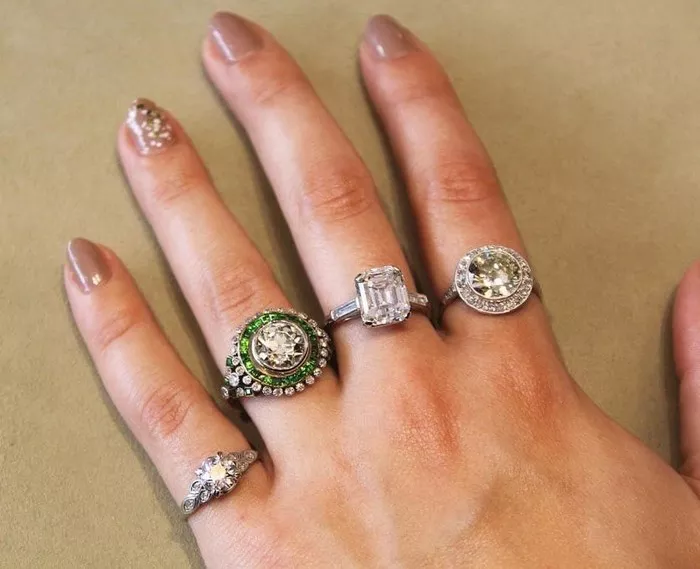In an era of mass production and fast fashion, many couples are turning to vintage and heirloom wedding rings as a way to embrace sustainability and sentimental value. The market for antique engagement rings and vintage wedding bands has surged by 45% in the past year alone, according to a report by The Knot.
There are several reasons behind this revival. First, vintage rings offer unique craftsmanship that is often unmatched by modern pieces. Art Deco designs from the 1920s, Victorian-era filigree work, and mid-century modern settings are particularly sought after for their intricate details and historical significance.
Second, sustainability plays a major role. Many couples are choosing to repurpose family heirlooms or purchase pre-owned rings to reduce environmental impact. Unlike newly mined diamonds, vintage rings have no additional carbon footprint, making them an eco-conscious choice.
Finally, there’s the emotional appeal. A ring with a history—whether it’s a grandmother’s engagement ring or a vintage piece from a beloved era—adds layers of meaning to a couple’s love story. Jewelers are responding to this demand by offering restoration services, ensuring that antique rings can be resized, polished, and updated without losing their original charm.
Auction houses and online marketplaces specializing in vintage jewelry, such as 1stDibs and EraGem, have seen record sales in 2024. Some couples are even commissioning custom designs that incorporate elements from multiple family rings, creating a new heirloom that blends generations of love stories.
As the wedding industry continues to evolve, one thing is clear: whether it’s lab-grown diamonds, smart rings, alternative metals, or vintage treasures, couples today have more choices than ever to find a ring that truly reflects their values and style.


